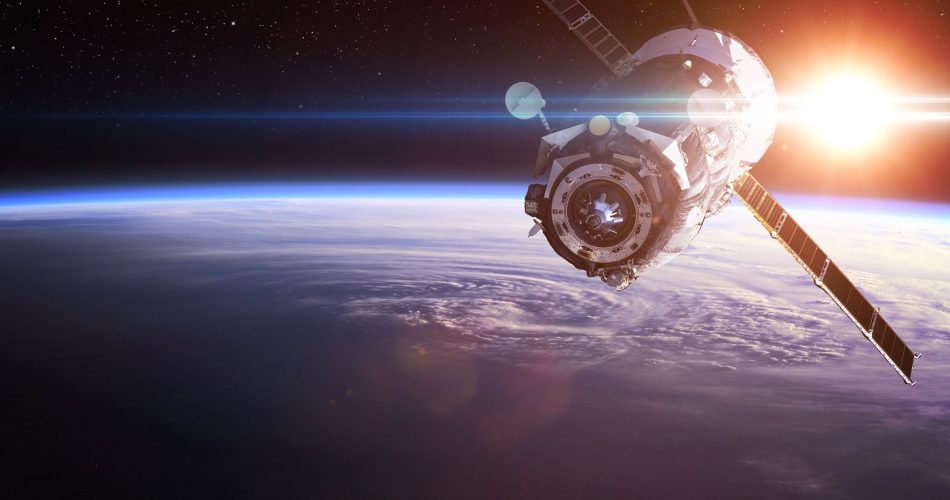Astronautics covers an extremely wide range of scientific and technical studies, from the chemistry of propellant mixtures (pergols), the study of materials and fluid mechanics to experiments in space biology, physics and physics. Astronomy without ignoring the disciplines developed above.
Multi-disciplinary, astronautics represents a whole of great interest by the discoveries it entails in our everyday life. It frees us from the earthly constraints and allows us to improve our physical conditions in space. It facilitates discoveries about the nature of celestial bodies and allows us to improve our technology. The subject being very vast, we devoted to him the file on astronautics.
We have discovered with the images recorded by the Hubble Space Telescope (1990), Soho (1995), Spitzer (2003) and many other space observatories that space offers truly exceptional sky-observation conditions around the clock throughout the year and in a very wide spectrum.
Like its predecessors, to preserve the quality of the recordings, the telescope is protected from the sun’s heat so that its internal temperature at the mirror and CCD sensors is 45 K (-228 °C).
The most sensitive detectors of the future JWST telescope that will be launched in 2021 (with 10 years delay) will be cooled to -266.4 °C or 6.7 K maximum to reduce the spurious noise generated by the instrument itself. Other infrared-sensitive components will be cooled to 37 K or -236 °C.
Of course, this high technology has a price: the entire JWST project cost $9.66 billion – 20% more than expected – counting its maintenance and all scientific projects spread over 5 years of operation, making it the most expensive telescope in the world. By comparison, with its 2.4 m diameter Hubble Space Telescope cost $6 billion discounted, it was assembled in 15 years and is twice as heavy as the JWST which is 2.7 times larger.
Today we have the means to unlock the secrets of our origins through extraordinary orbital observatories scrutinizing the entire range of electromagnetic radiation, from visible light (HST, JWST) to gamma rays and X (Chandra, Integral) in passing through UV (Galex), near or far infrared (IRAS, ISO, Spitzer, Herschel, etc.) or microwaves (COBE, WMAP, Planck).
The future is bigger, farther and more accurately. Although many space projects have been canceled, such as the ARISE interferometer and the Terrestrial Planet Imager (TPF), several major projects are on track for the LISA gravitational interferometer planned for 2034.

asdf
hai